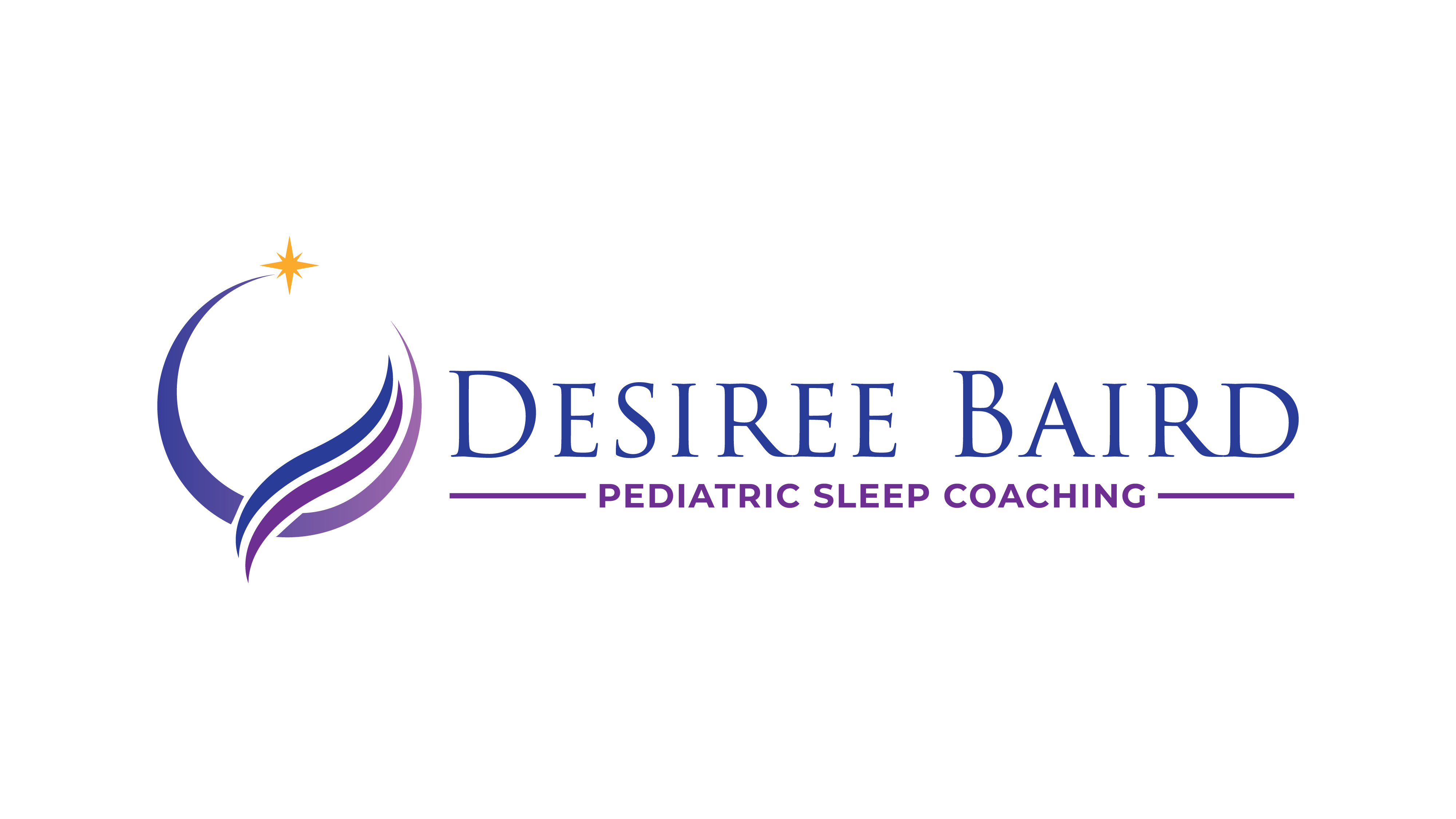Creating the Ideal Sleeping Conditions for your Baby
- Desiree Baird
- Jan 2, 2019
- 4 min read
Updated: Feb 26, 2019
Healthy sleep habits are important for your baby’s physical and emotional well-being. An important part of establishing good sleeping habits is the sleep environment where your child sleeps. It is also important to create a safe sleep environment to help reduce the risk of sudden infant death syndrome (SIDS).
Creating the ideal sleep environment for your baby will help promote restorative quality sleep for your little one. Here are my best tips for creating an environment that is conducive to sleep and ways to achieve this without compromising safety.
Temperature
The right temperature is very important for your baby. Most experts recommend that the temperature in the room where a baby sleeps be kept between 68-72° F. A cooler room helps with better quality sleep and helps your baby’s body fall asleep more comfortably. This will lead to your baby falling asleep more easily and faster.
Having the right temperature in your baby’s room also reduces the risk of overheating. During the colder months use a sleep sack to help keep your baby warm. In general, you should dress your baby in no more than one extra layer than you would wear. When you over bundle your baby, you are putting them at risk to overheat and increasing their risk for SIDS. Your baby should not feel hot to the touch, sweaty or have red cheeks. If they do you should remove a layer of clothing or lower the temperature in the room.

Cozy and Snug
Having a cozy environment will help your baby sleep better. Start with cozy sheets that are smooth, soft, and comforting. These velour sheets are very cozy and have no extra unsafe padding. They are thin and come in a variety of colors to match your nursery.
Being snug in a swaddle can resemble the environment in the womb. That is why newborns sleep much better swaddled. They also have a very strong startle reflex, so the swaddle keeps their arms and legs from flailing. Using a proper fitting swaddle is very important as you want to keep safety in mind.
The Love to Dream Swaddle UP is a favorite of mine as it allows your baby to sleep in a more natural position with arms up. When swaddling with arms up, your baby’s natural sleep position allows your baby to access their hands for self-soothing.

Dark
Darkness is essential to sleep. When your child’s sleep environment is very dark, melatonin is produced. This is the sleep-inducing hormone that sends a signal to the brain that it is time for rest. The signal then helps prepare your baby’s body for sleep and helps them fall asleep more easily. These are my favorite blackout shades and a great way to achieve the prop
er darkness level in your baby’s room. They are cost-effective, block out 100% of light, and help keep the room cool.

Calm and Quiet
It is very important to respect your child’s sleep times. Keep your house calm before naps and limit the noise when your baby is sleeping. As bedtime approaches, quiet down the entire house, dim the lights, and close your curtains to get your baby ready for sleep. Make sure electronics are turned off at least 60 minutes prior to bedtime to make the environment less stimulating.
I also recommend a white noise machine run continuously in your baby’s room while they sleep. It helps to muffle out some external noise and helps to increase the quality of sleep and avoid overstimulation. It is important to ensure that you use your white noise machine safely and effectively. Make sure you keep the machine furthest away in the room (across from the crib) and on the lowest setting from where your baby is sleeping.
Making sure your child has a good sleep environment and using the right tools will help to promote good quality sleep. Happy sleeping!
Other tips to help encourage a safe sleep environment:
Think ABC’s (alone, back, crib). Follow these guidelines for all sleep times (naps + night sleep). “A”- always let your baby sleep alone in their safe sleeping space. “B”- baby should always be placed on their back. “C”- always put your baby to sleep in a bassinet or crib.
Make sure your baby sleeps in their own safe sleeping place with a firm, flat surface. Babies should sleep in a bassinet, crib, portable crib, or play yard that meets current safety standards. The bassinet should be labeled “bassinet” and not labeled “lounger” or “sleeper.” A rock n play, DockAtot, boppy pillow, swing, car seat, etc. are not safe sleeping places for your baby. If your baby falls asleep in these items, then it’s best to move your baby to a safe place with a firm, flat sleep surface as soon as you can.
Cover the mattress with only a tight-fitted sheet. Pillows, quilts, comforters, sheepskin, bumper pads, stuffed animals, pacifier clip, and toys can be very dangerous. Do not use positioners that claim to keep baby on their back. These do not reduce the risk of SIDS and poses a suffocation or entrapment danger. Keep soft objects, loose bedding, and other objects out of the crib.
Find more tips and guidelines here!




Comments